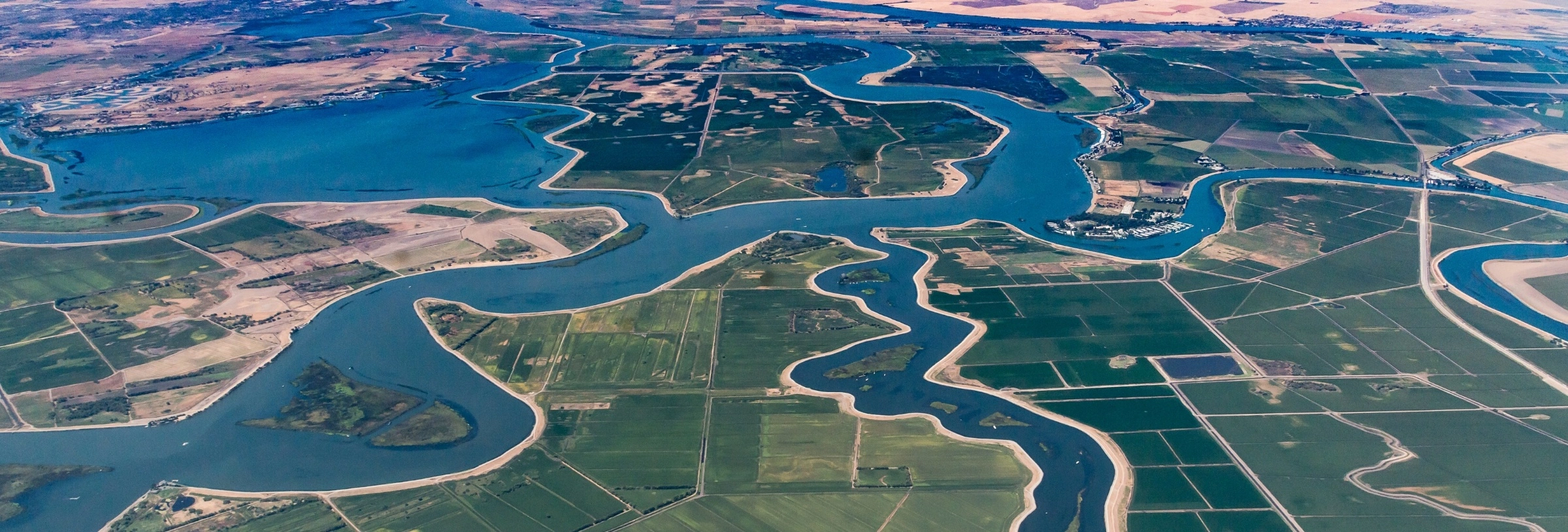
Community Water Systems (CWSs) around the country should be aware of upcoming deadlines at the end of 2020 that were put into place under the America’s Water Infrastructure Act (AWIA) previously signed into law in 2018. The law requires CWSs that serve more than 3,300 people to complete a risk and resilience assessment and develop an emergency response plan and establishes deadlines by which water systems must certify to the United States Environmental Protection Agency (EPA) completion of the risk assessment and emergency response plan.
For those CWSs serving ≥100,000 people, the deadline was March 31, 2020, but, as detailed in a recent post from the California Special Districts Association (CSDA) eNews, for those CWSs serving fewer customers, the following deadlines are upcoming:
System Size
Risk and Resilience Assessment
Emergency Response Plan
if serving 50,000 to 99,999 people
December 31, 2020
June 30, 2021
if serving 3,301 to 49,999 people
June 30, 2021
December 30, 2021
Risk and resilience assessments evaluate the vulnerabilities, threats and consequences from potential hazards, and shall include the following items:
- The risk to the system from malevolent acts and natural hazards.
- The resilience of the pipes and constructed conveyances, physical barriers, source water, water collection and intake, pretreatment, treatment, storage and distribution facilities, electronic, computer, or other automated systems (including the security of such systems) which are utilized by the system.
- The monitoring practices of the system.
- The financial infrastructure of the system.
- The use, storage, or handling of various chemicals by the system.
- The operation and maintenance of the system.
The risk and resilience assessment may also include “an evaluation of capital and operational needs for risk and resilience management for the system.” For water utilities in California in particular, the evaluation of “natural hazards” will likely include an emphasis on wildfire and earthquake risks.
AWIA also requires that covered community water systems develop or update an emergency response plan and certify completion to the EPA no later than six months after risk and resilience assessment certification. The emergency response plan incorporates the findings from the risk and resilience assessment and is meant the cover the following:
- Strategies and resources to improve the resilience of the system, including the physical security and cybersecurity of the system.
- Plans and procedures that can be implemented, and identification of equipment that can be utilized, in the event of a malevolent act or natural hazard that threatens the ability of the community water system to deliver safe drinking water.
- Actions, procedures, and equipment which can obviate or significantly lessen the impact of a malevolent act or natural hazard on the public health and the safety and supply of drinking water provided to communities and individuals, including the development of alternative source water options, relocation of water intakes, and construction of flood protection barriers.
- Strategies that can be used to aid in the detection of malevolent acts or natural hazards that threaten the security or resilience of the system.
For those seeking additional guidance on compliance, the EPA will be hosting a series of virtual workshops on the AWIA requirements in November. Here are the registration links for these workshops:
| Date | Workshop Module | Module Information | Time | Registration Links |
| 11/2/2020 | Module 1 | Section 2013 Requirements, Certification, & Section 2018 basics | 10:00AM-11:30AM PST | |
| 11/4/2020 | Module 2 | Risk and Resilience Assessments: Malevolent Acts, Natural Hazards, and the Small Systems Checklist | 10:00AM-11:30AM PST | |
| 11/5/2020 | Module 3 | Emergency Response Plan template and guidance | 10:00AM-11:30AM PST | https://noss.law/34tXRF7 |
- Partner
Willis Hon focuses on serving water industry clients across California on a broad range of administrative and regulatory matters. He has extensive experience before the California Public Utilities Commission where he has ...
California Water Views provides timely and insightful updates on the water sector in the state. We relay information on how water legislation and policy from the nation’s capital, Sacramento, and around the U.S. affect California’s water utilities, agencies, practitioners, and consumers. We also write about important events, conferences, legal cases, and other key happenings involving all things water in and around California.
Stay Connected
 RSS Feed
RSS Feed
Categories
- Clean Up of Groundwater & Contaminated Media
- Climate Change
- Coastal Development
- Construction
- COVID-19
- Dam Construction, Operation & Removal
- Desalination
- Environmental Protection Agency
- Events
- Government Administration
- Groundwater Management & SGMA
- Inverse Condemnation & Regulatory Takings
- New Legislation
- Oceans, Marine Life & Maritime Transportation
- Project Construction
- Projects
- Public Agency Regulation
- Recycled Water
- Regulatory Reform & Proposed Rules
- Right to Take
- Valuation
- Water Infrastructure
- Water Litigation
- Water Quality
- Water Rights
- Water Supply
- Water Utility Regulation

